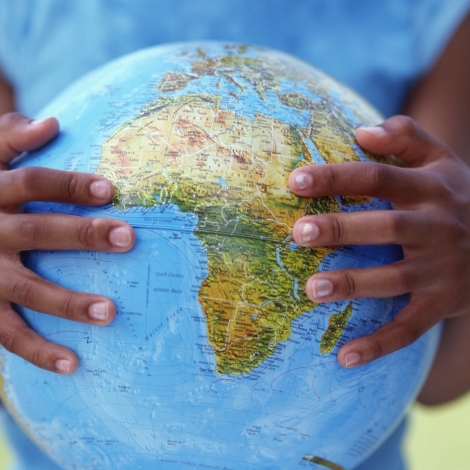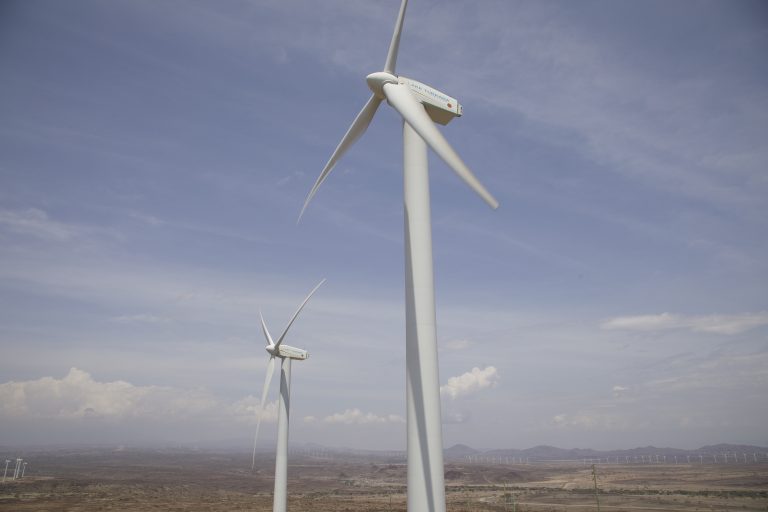[quote author=”Sanjay Wijesekera, head of UNICEF’s global water, sanitation and hygiene programs. “]“What the data really show is the need to focus on inequalities as the only way to achieve sustainable progress. The global model so far has been that the wealthiest move ahead first, and only when they have access do the poorest start catching up. If we are to reach universal access to sanitation by 2030, we need to ensure the poorest start making progress right away.”[/quote]
The good news about drinking water
In 1990, 76 percent of the world’s population had access to clean drinking water. The goal was to raise that rate to 88 percent by 2015 and the world met that in 2010 and surpassed it by 2015 at 91 percent. Sub-Saharan Africa made huge improvements as an average of 47,000 people per day gained access to clean drinking water. And only three countries now have less than 50 percent access: Angola, Equatorial Guinea and Papua New Guinea.
The clean water successes mean that today fewer than 1000 children under age five die each day from diarrhea, compared to more than 2000 15 years ago.
The so-so news about sanitation
In 1990, 54 percent of the population had access to improved sanitation and the goal was to raise that to 77 percent. Now the rate is 68 percent, better than before but still shy of the target. The missed target leaves behind 700 million people who were expected to have sanitation but who do not now. But the good news is that 2.1 billion people have gained a sanitation facility since 1990. There remain 2.4 billion people who still have no access to sanitation facilities and nearly 1 billion of them defecate in the open.
The areas with the least sanitation access are Asia, sub-Saharan Africa and Latin America and the Caribbean. Sub-Saharan Africa has seen a decrease in sanitation coverage that may be because of population growth and poor progress in sanitation installation.
[quote]“The progress on sanitation has been hampered by inadequate investments in behavior change campaigns, lack of affordable products for the poor, and social norms which accept or even encourage open defecation.”[/quote]
What happened?
The WHO and UNICEF issued a statement that says “the progress on sanitation has been hampered by inadequate investments in behavior change campaigns, lack of affordable products for the poor, and social norms which accept or even encourage open defecation.”
Urban vs. rural development
Cities have vastly superior water and sanitation services, as we would expect. The disparity is an obvious target for improvement. While 96 percent of people living in towns and cities have clean drinking water, only 84 percent of those in rural communities do. That breaks down to eight in 10 people who don’t have improved drinking water sources live in rural areas.
Sanitation is not much different. While 82 percent of the world’s urban population has improved sanitation facitilites, only 51 percent of those in rural areas do. That means that seven out of 10 people without good sanitation live in rural areas. And nine out of 10 people who defecate in the open live in rural areas.
Why it’s important
Contaminated drinking water can cause diarrhea, which is one of the leading killers of children under the age of five. And it’s a financial burden to adults, keeping them home from work and school. Poor sanitation can contaminate drinking water and in combination with untreated water, they can spread 16 of the 17 “neglected tropical diseases,” including trachoma, intestinal worms and schistosomiasis. These diseases afflict 1.5 billion people in 149 countries, causing blindness, disfigurement, permanent disability and death.
Now what?
The Sustainable Development Goals that replace the Millennium Development Goals this year call for universal access to clean water and sanitation. That will require us to seek out the places where hardware and delivery infrastructure is failing or hasn’t yet been built. A big part of that work will include testing water to monitor its quality and finding ways to safely process human waste. Both endeavors may have room for new ideas in technology design and management models.
See the full text of the Joint Monitoring Programme’s 2015 Update and MDG Assessment.

